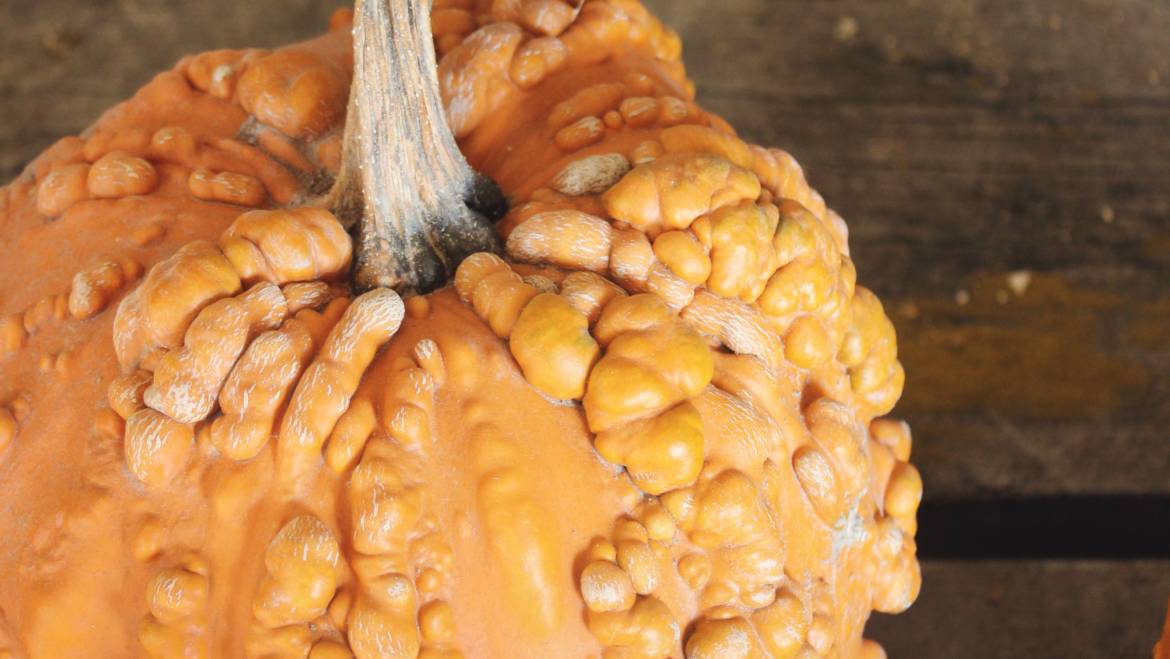We noticed this knot a couple of days ago on our boy’s chest. What do you think it is?
You might be surprised how often this concern brings a parent and her child to the office, or sometimes to the ER. A mother or father discovers something unusual on their child and immediately start to worry. That’s understandable, and sometimes it’s something that needs to be looked at. Here are some things to be concerned about if you find a new “growth” or knot on your child.
- The presence of fever. This might indicate infection or significant inflammation.
- Minor contusions and falls might be the cause of a subtle fracture, especially in young children and infants.
- Tenderness localized over a “long bone”—the arms or legs. While rare, this might be how a bone cancer initially presents.
- Swelling, redness, tenderness anywhere. This could be the start of an abscess.
- Swollen and tender “knots” under the neck, in the armpits, or in the groin. Some kind of lymph node pathology might be getting started.
- Any prolonged illness (weeks or months), with fatigue and weight loss. We have to start looking.
- Unusual skin rashes. This could be infection, but also something coming from the bone marrow.
We’re going to want to know about the “timing” here. When did this start? We know you mentioned that you found it a couple of days ago, but in the majority of circumstances, what you’re seeing or feeling now has been there for a while—weeks or months or even years. That’s true with children, and especially true with adults. We rub our heads, scratch our backs, look in the mirror, and there it is. We have to use some common sense, yet still be careful.
There are a couple of simple things that frequently bring parents into the office, and we want you to be aware of them.
The Xiphoid Process. Pronounced zif’oid, this is the boney lower end of the sternum. It starts out as cartilage, but gradually calcifies during childhood. The root word is from the Greek, and means “sword-like.” If you google this, you’ll see why. It’s pointy, like a sword. The Latin root for this word is “don’t keep rubbing it or it’s going to become inflamed, swollen, and tender.” That’s usually when we see it with teenagers or adults. They find it one day, start rubbing it, and it becomes aggravated. This is normal anatomy, and like most normal anatomy, there are a lot of normal variations. It can be short, long, curved inward, or even curved outward. It’s never going to be a problem if you keep your hands off it.
The Greater Occipital Tuberosity (Protuberance). Sounds like one of the titles of the Wizard in the kingdom of Oz. This is normal anatomy as well, and is the knot you feel at the base of your skull. (Go ahead and try finding it.) It’s there so that the trapezius muscles have something to attach to, as well as one of the strong ligaments in the back of the neck. It varies in size as well, and when a little large, its discovery can cause alarm. Relax. It’s been there all your life or your child’s life. Once again, it’s never going to cause a problem.
A Swollen and Tender Front of the Knee—Osgood-Schlatter Disease. Named after an American and a Swiss physician, this is a not-uncommon problem, usually seen in children between the ages of 9 and 14 years. It’s related to physical activity/sports and historically has been more common on boys. However, with the growing participation of girls in athletics of all kinds, this distribution is evening out.
It’s not really the knee that’s involved here, but the boney protuberance just below the knee—the tibial (the big bone in the lower leg) tuberosity. Go on, check it out. It’s that big bump just below your kneecap. Part of the patellar tendon attaches here, and with repetitive contraction of the powerful quadriceps muscles and straightening of the knee, the immature growth plate in that area can partially separate, causing pain and swelling. We will typically see this in a 13 or 14 year-old boy, or an 11 to 12 year-old girl (their muscles and bones mature earlier) and almost always after a gradual onset of symptoms. Mild pain, swelling, and a slight limp get worse with jumping, running, squatting, or climbing stairs. Rest makes it better. It’s usually on one side, though both legs can be affected at the same time. The diagnosis is going to be made “clinically,” meaning x-rays are not going to be needed. Exceptions would be those children whose pain occurs at night, who have sudden onset of pain or fever, or have pain that is not over the tuberosity.
The treatment of this is conservative, with ice, acetaminophen, or ibuprofen (not more than a week) being very effective. A knee pad might help as well. This doesn’t start overnight and it’s not going away over-night—in fact the usual course of resolution is from 6 to 18 months, with the symptoms coming and going. Restricted causative activities (such as those listed above) will speed the healing. There might be some residual and long-term swelling, depending on the extent of the separation and the length of time before addressing the problem, but it’s benign and will go away.
So the majority of lumps and bumps and knots we find on our children are going to be okay. Use your common sense. If any of the red-flags listed are present, get it checked out. In the meantime… stop rubbing that knot on your boy’s chest!
…
This is an excerpt from the new book I’m writing with pediatrician Dr. Robert Alexander. The book will address 100 questions from parents regarding their children’s health. Feel free to email us with questions: askthedox@yahoo.com


Add Comment